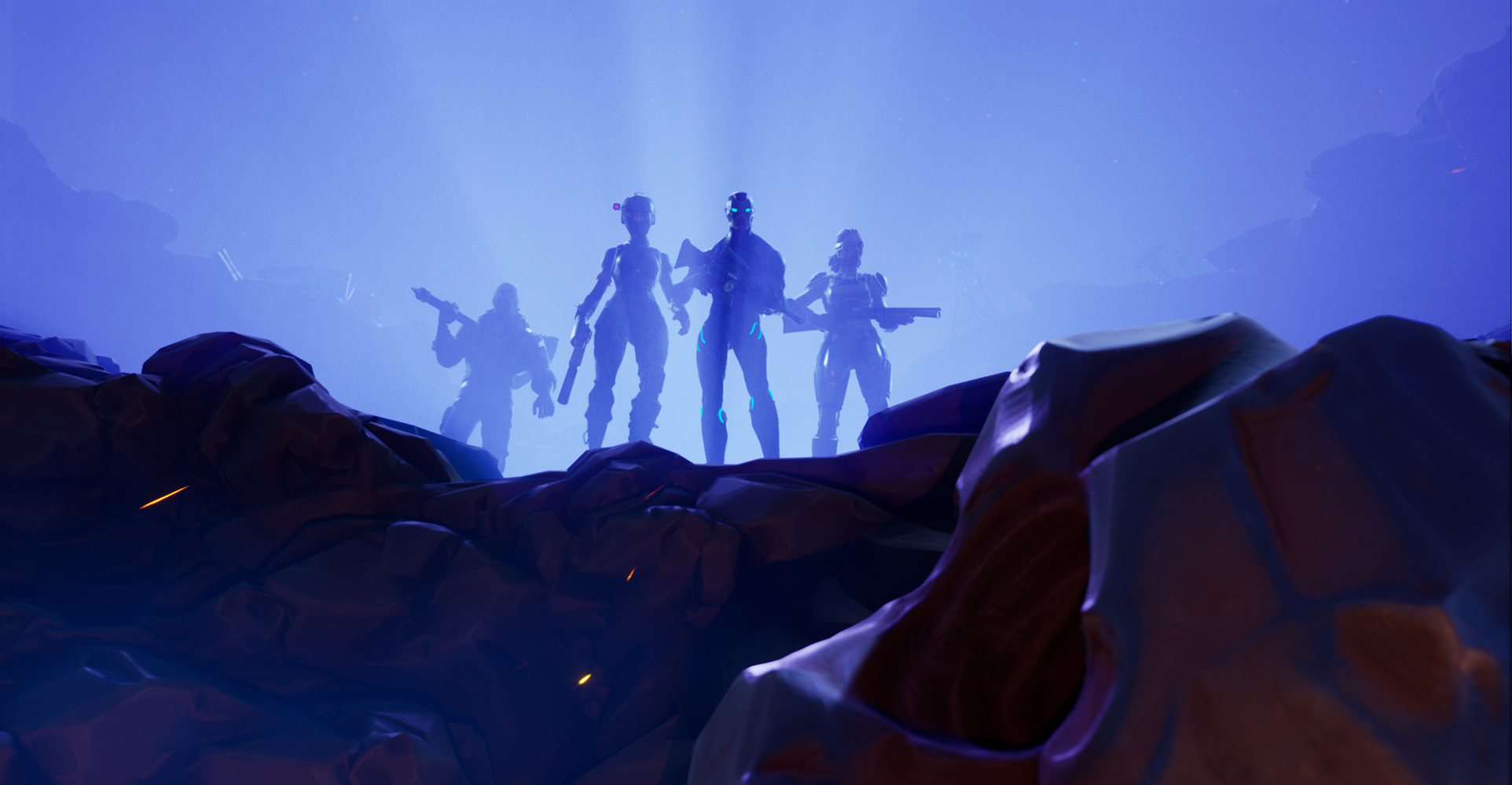
If you have kids, then you’ve probably heard about the game Fortnite. Even if you don’t have kids, there’s a good chance that you’ve heard about it somewhere. It’s extremely popular. In fact, the game has amassed over 125 million players and hosts more than 3 million concurrent players. Not only that, according to industry watchers, the game “has brought in more revenue in a single month than any other game of its kind”, It’s grossed over $1 billion so far in 2018 alone. Like any game, Fortnite players spend between 6 and 10 hours per week playing the game. But parents can’t really understand why their kids are playing it so much.
In general, games get dismissed as a mind-numbing waste of time. But that statement could be said about TV as well. If you try the game yourself, then you might actually experience what other people already know. The game has an incredible design. But it’s far more than that. In order for a game to be successful, it has to have a “hook”. What is a hook? Well, it’s something within the game that connects the user’s problem with whatever the company has to offer, in order for the user to form a habit. Certain foods have a “hook”. The soda industry, for example, wants you to buy more of their products, so sugar becomes their hook.
But with games, it’s a bit different. According to Nir Eyal, author of Hooked: How To Build Habit-Forming Products, there are four steps that are required to get you hooked. For the remainder of this post, we will explore what that means in relation to Fortnite.
Trigger
Every Hook starts with a trigger. Triggers prompt us to action and tell us what to do next. In the case of Facebook or your iPhone, a trigger might be a notification or status update. This type of trigger is called an “external trigger,” Eyal says since the information for what action to take next is contained within the trigger itself. With Fortnite, players receive notifications to join friends from inside the game.
Action
The next step of the Hooked Model is the “action phase.” “Actions are the simplest behavior done in anticipation of relief,” Eyal says. In terms of joining the game, the simplest action is usually accepting an invitation, which catapults the player right into the group page prior to entering the game. The simpler the action, the more likely someone will do the action.
Reward
The next step of the Hooked Model is the Reward phase. It’s here, Eyal says, that users get what they came for: relief from the psychological “itch” of the internal trigger. The main rewards Fortnite offers is the uncertainty around each session: you have no idea who your opponents will be, how well they play, what terrain you’ll end up in, or what loot you might find once you get there.
Investment
Finally, the Hook is complete, according to Eyal, when the user puts something into the product to improve it with use. In the case of products like Facebook or YouTube, an investment might be the data regarding the things you like, watch, or comment on. Investment in Fortnite primarily occurs when players pay to personalize their characters. Players can upgrade outfits, gear, and crazy dance moves. Investment in the form of personalization is a key component of why players keep coming back to the game, and of course, is how the game makes gobs of money.
